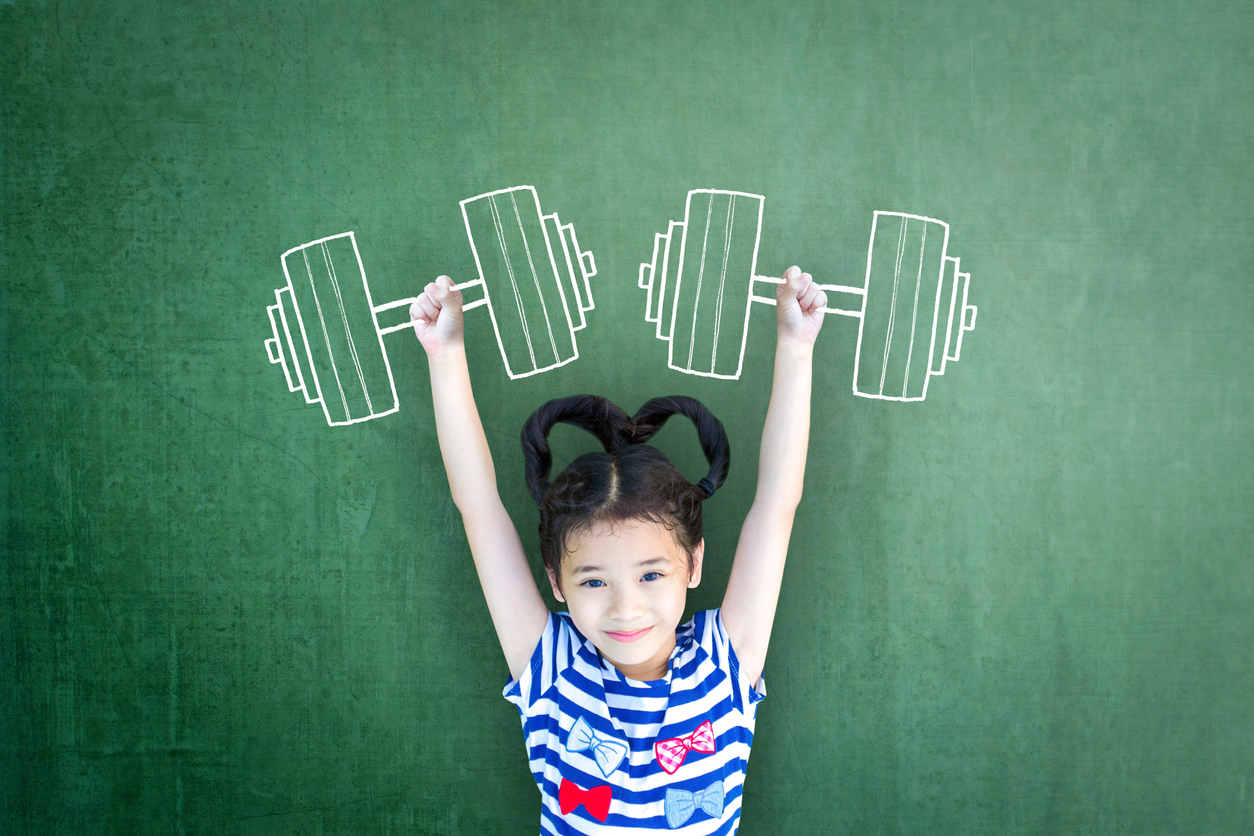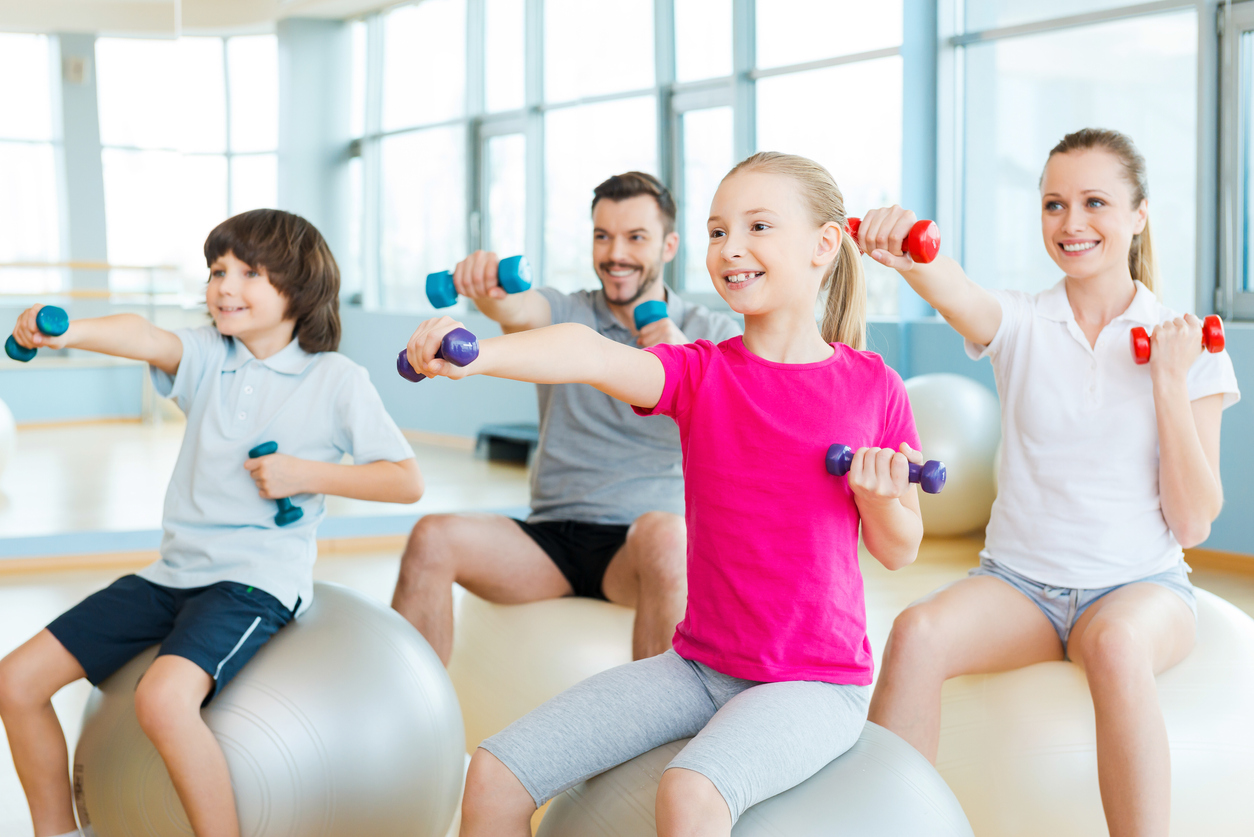Archive for the physical education Category
You may not be training for the strongest person in the world contest but it is necessary for everyone to have a foundational level of strength. We need a certain level of strength to perform everyday tasks. Imagine not being able to carry your child, climb stairs, or carry the groceries into the house. All of these tasks and many more require use of muscles.
Read more →~ Mike Hanik Remembering Gym Class For those of us who had negative experiences in Physical Education (PE) in a peer group school setting, I only have to mention a few evocative phrases and the case is closed. I’d rather do PE at home! Were you the
Read more →~ Professor and Coach Mike Hanik Are your children physically literate? Are you providing opportunities for your children to become physically literate? What does it mean to be physically literate? Physical literacy can be defined as the ability to move with confidence and competence in a wide
Read more →The majority of children in the United States do not meet the recommended weekly amounts of physical education and physical required to maintain good health. The Centers for Disease Control and Prevention recommends that elementary school age childrenget 150 minutes of physical education a week. Middle school and high school age students should strive to achieve 225 minutes of physical education each week. This means that every child should be getting 30-45 minutes of physical education 5 times per week. Currently, less than 10% of school aged children engage in daily physical education.Physical education is critical to the overall development of every person. A few of the benefits of daily physical education include improved brain function, better brain development, improved behavior and self-confidence, reduced stress and anxiety, and reduced risk of chronic diseases.
Read more →~ Professor and Coach Mike Hanik Parents know education is important to their children’s future success. We look for strategies, techniques, and opportunities to help our children learn. Many times we become overwhelmed. There just does not seem to be enough time to learn math, science, reading
Read more →When people talk about physical education the conversation often focuses on the topics of weight loss, and proper nutrition. One thing that many people do not realize is that physical education and exercise not only makes them physically stronger but it also helps their brains function better. Hundreds of studies have been conducted that show the effects of exercise on the brain. Physical activity has been shown to improve attitude, cognitive performance as well as focus and creativity. These improvements in brain function and behavior are in part due to improved blood flow to the brain, the formation of new nerve cells, more efficient neuron firing, and larger brains.
Read more →Are your children physically literate? Are you providing opportunities for your children to become physically literate? What does it mean to be physically literate? Physical literacy can be defined as the ability to move with confidence and competence in a wide variety of physical activities in multiple environments that benefit the healthy development of the whole person.
Read more →Parents, Are you willing to do one thing that could significantly improve your child’s future?
This one thing will: significantly reduce your child’s risk of chronic disease, give your child more confidence, reduce stress and anxiety in your home, improve sleep, improve cognitive abilities, improve your child’s social interactions.
I have a child with special needs. The term Special Needs includes conditions of many different types and severities so we have to follow up in our conversations with lots of explanations…my six year old has Down Syndrome and is still non-verbal. Now you have a better picture of my situation. So, when asked to write an article on how to adapt a physical education program for children with special needs, it is obviously a very hard task. There are too many variables. But perhaps I can offer some guidelines.
Read more →

